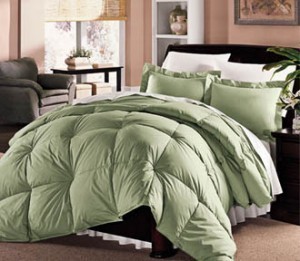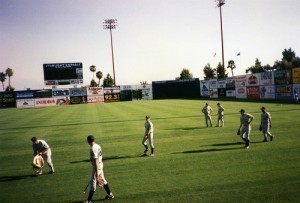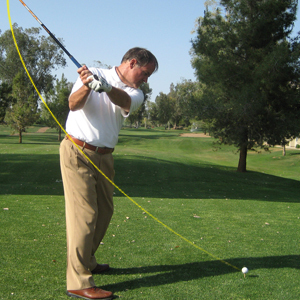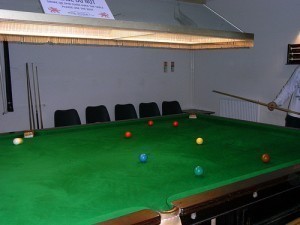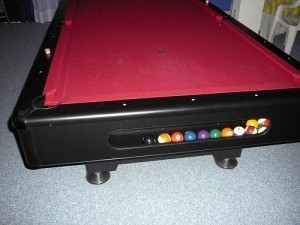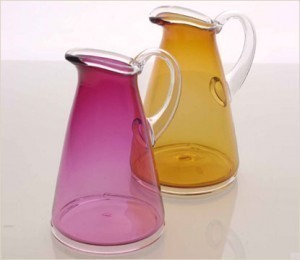Shuttlecock Dimensions
Primarily used in the game of badminton, a shuttlecock is an open 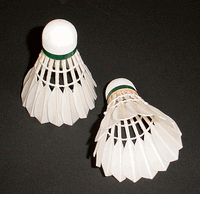 conical shaped projectile that is high drag. It is made up of 16 goose feathers arranged neatly in an overlapping manner. Its base is made out of a rounded cork, which is thinly covered with leather. The shape of the shuttlecock is described as extremely aerodynamical, which gives it stability. Whenever players hit it, the cork will always fly first. Aside from these facts, it is also good to know other interesting things such as the different shuttlecock dimensions.
conical shaped projectile that is high drag. It is made up of 16 goose feathers arranged neatly in an overlapping manner. Its base is made out of a rounded cork, which is thinly covered with leather. The shape of the shuttlecock is described as extremely aerodynamical, which gives it stability. Whenever players hit it, the cork will always fly first. Aside from these facts, it is also good to know other interesting things such as the different shuttlecock dimensions.
Dimensions of a Shuttlecock
The average weight of a shuttlecock lies somewhere between 4.75 to 5.50 grams. Every shuttlecock usually contains 14 to 16 feathers, each of which has a length of 70 millimeters. The cork has a diameter of 25 to 28 millimeters. Meanwhile, the circle produced by the overlapping feathers has a diameter of 54 millimeters. When hit, a shuttlecock can come off the strings at maximum speeds of more than 200 mph or 320 km/h.
Additional Facts and Other Interesting Details
Because the term ‘shuttlecock’ is quite long, many people refer to it as the shuttle, birdie or bird. The word ‘shuttle’ became part of its name because it resembled the loom’s shuttle, while the word ‘cock’ was derived from its similarity to that of a rooster or cockerel. Each shuttlecock is made of feathers, which are brittle. For this reason, it is commonly replaced a number of times in every game, depending on the intensity and level of play.
In order to solve such problem, manufacturers have developed synthetic shuttlecocks, which feature a plastic skirt instead of the original feathers. Many players use the word ‘feathers’ when referring to feathered shuttlecocks. On the other hand, they use the term ‘plastics’ whenever they talk about synthetic shuttlecocks. The price of high quality feathers is comparable to that of high quality plastics. In this case, plastics are better because they are more durable. Plastics are less likely to be impaired during games compared to feathers.
The two major types of shuttlecocks vary in terms of playing characteristics. Feathers appear faster when coming off the strings, but they usually slow down fast as they fall. On the contrary, plastics appear slow once hit by the player, but they slow down less upon reaching the ground. Skillful and highly experienced players prefer feathers, especially when competing in serious leagues and tournaments. The main reason for this is that feathers offer players better control compared to that of plastics.
